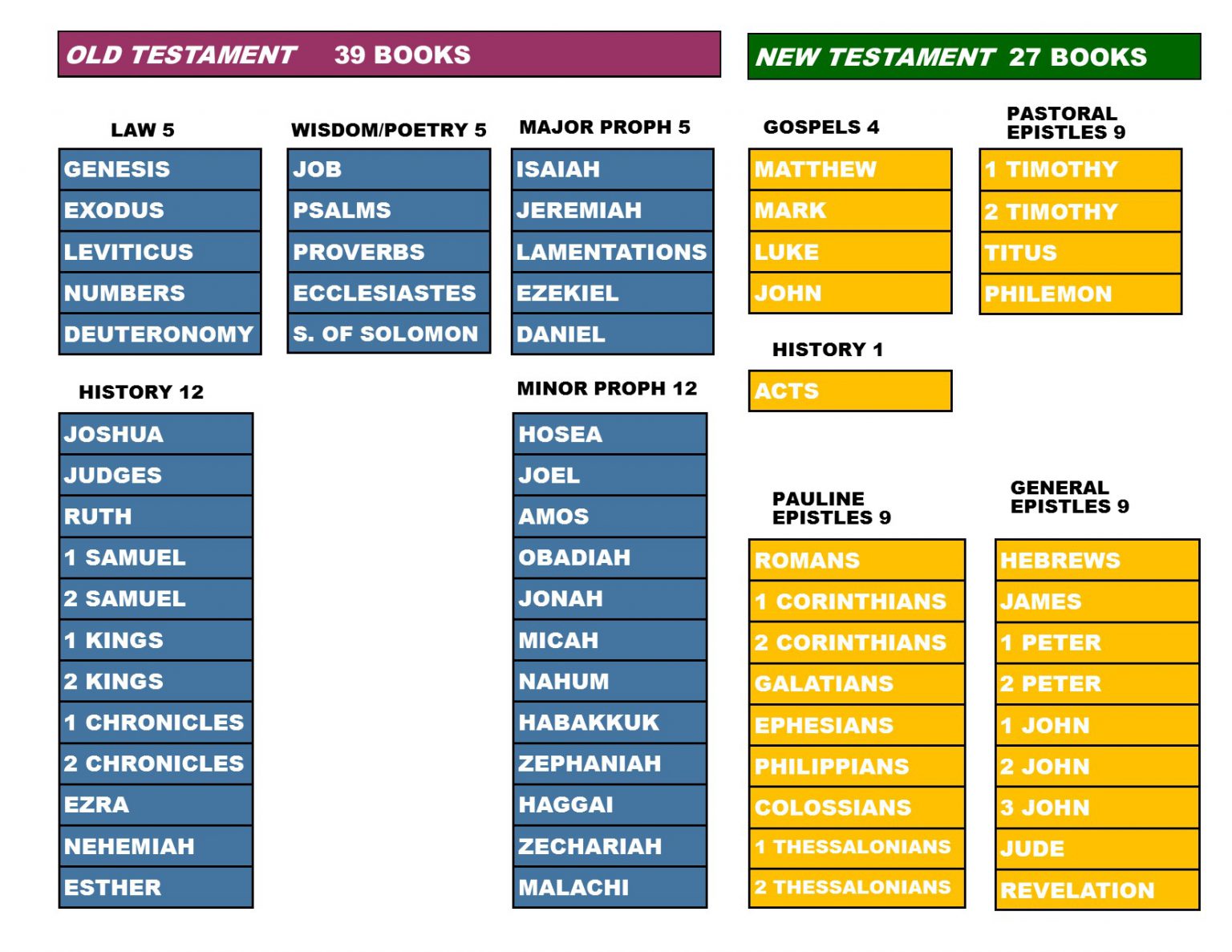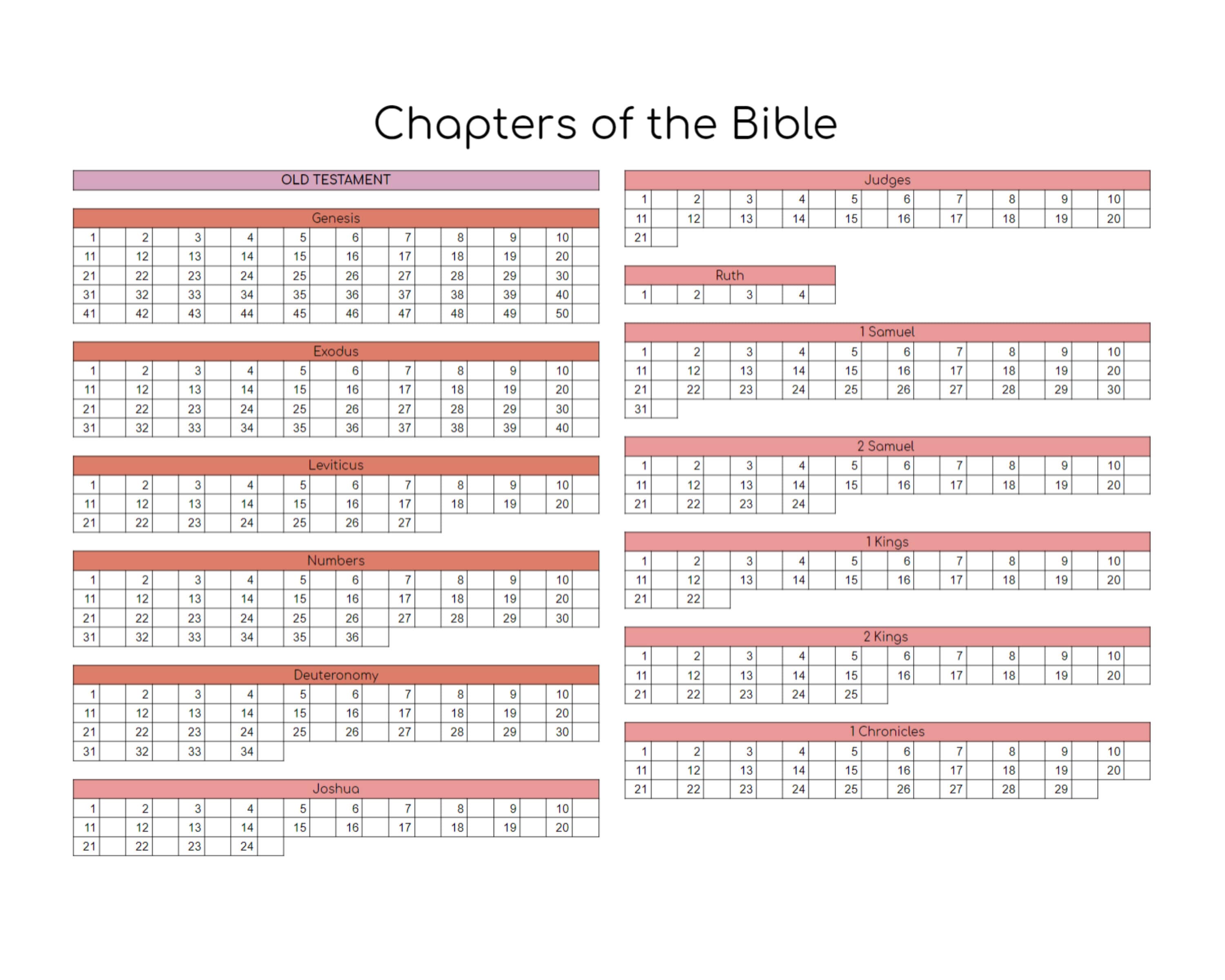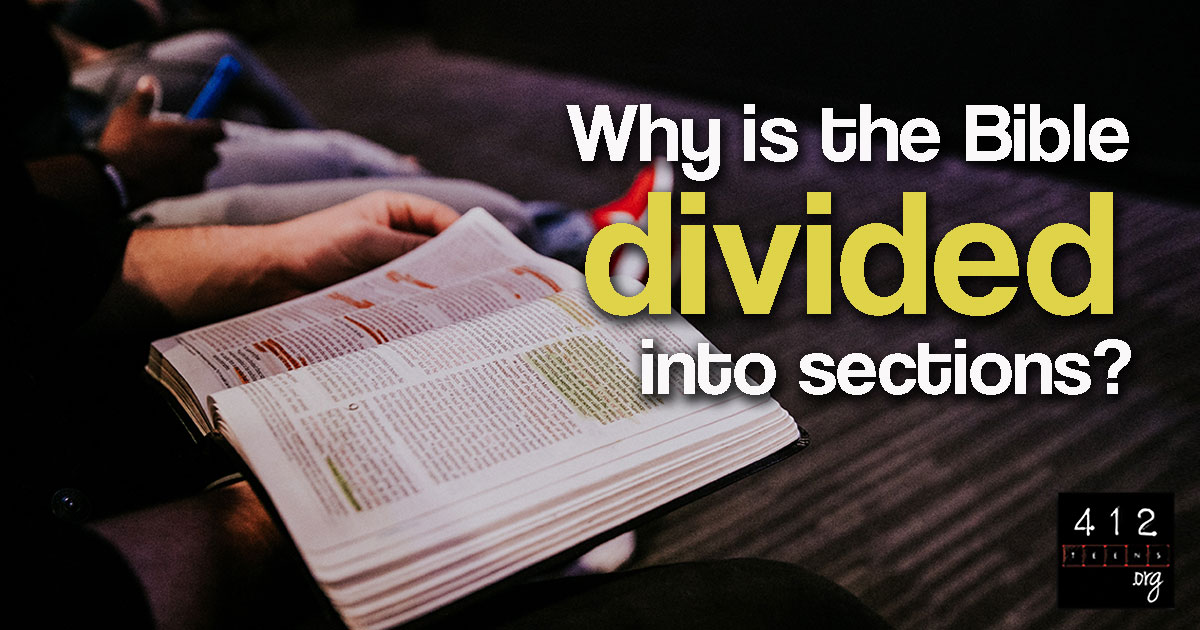How many chapter in the bible – Embark on a journey through the sacred scriptures as we delve into the intriguing question of how many chapters reside within the Bible. From its humble beginnings to its profound impact on civilizations, the Bible stands as a literary masterpiece that continues to captivate and inspire.
As we unravel the intricate structure of the Bible, we will explore the division of its books and chapters, examining the significance of this organization. We will delve into the concept of the biblical canon, understanding how it shapes the number of chapters within the sacred text.
Chapter Count and Structure

The Bible is divided into two main sections: the Old Testament and the New Testament. The Old Testament consists of 39 books and 929 chapters, while the New Testament has 27 books and 260 chapters. This brings the total number of chapters in the Bible to 1189.
The division of the Bible into books and chapters is a relatively recent development. The earliest Bibles were written on scrolls, and there was no need for chapters or verses. However, as the Bible became more widely used, it became necessary to find a way to organize the text. The first chapters were added in the 13th century, and the first verses were added in the 16th century.
The division of the Bible into chapters and verses has been helpful for studying and referencing the text. However, it is important to remember that these divisions are not part of the original text. They are simply a way of organizing the text for our convenience.
Significance of the Chapter Structure
The chapter structure of the Bible has several important implications. First, it helps to create a sense of order and organization. Without chapters, the Bible would be a much more difficult text to navigate. Second, the chapter structure can help to emphasize certain themes or topics. For example, the book of Genesis is divided into 50 chapters, and each chapter focuses on a different aspect of the creation story. Third, the chapter structure can help to create a sense of suspense or anticipation. For example, the book of Daniel ends with a cliffhanger, and the reader is left wondering what will happen next.
Canonical and Non-Canonical Books

The biblical canon is a list of books that are considered to be authoritative and inspired by God. The number of chapters in the Bible is affected by which books are included in the canon.
The process of determining which books were included in the canon was a gradual one. In the early centuries of Christianity, there was a wide variety of Christian writings in circulation. Some of these writings were widely accepted as authoritative, while others were disputed. Over time, a consensus emerged regarding which books should be included in the canon.
The Bible, with its vast collection of stories and teachings, consists of a grand total of 1,189 chapters. Each chapter holds its own significance, contributing to the intricate tapestry of the holy text. If you’re seeking a comprehensive overview of another literary masterpiece, the “Wheel of Time” series, be sure to check out the wheel of time chapter summaries . Just as the Bible has its chapters, the “Wheel of Time” also boasts an extensive number of chapters, each one unfolding a captivating tale within the sprawling fantasy world created by Robert Jordan.
Non-Canonical Books, How many chapter in the bible
There are a number of books that were not included in the biblical canon. These books are known as non-canonical books. Some of the most well-known non-canonical books include the Gospel of Thomas, the Gospel of Mary, and the Shepherd of Hermas.
There are several reasons why these books were not included in the canon. Some of these books were written after the time of the apostles. Others were considered to be heretical or unreliable. Still others were simply not as popular as the books that were included in the canon.
The Bible, a sacred text for many, comprises 66 books divided into two main sections: the Old Testament and the New Testament. Each book is further divided into chapters and verses, providing a structured organization for easy reference and study.
Similarly, the epic fantasy novel “The Way of Kings” by Brandon Sanderson also features a meticulously crafted narrative divided into chapters. If you’re curious about the chapter-by-chapter breakdown of this captivating story, you can explore a detailed way of kings chapter summary to delve into its intricate plot and character development.
Returning to the Bible, the vast number of chapters and verses within its pages serves as a testament to the depth and richness of its teachings, offering a wealth of wisdom and guidance for those who seek it.
The non-canonical books provide us with valuable insights into the early history of Christianity. They show us that there was a wide variety of beliefs and practices within the early Christian community. They also help us to understand the process by which the biblical canon was formed.
The Bible, a sacred text for many, boasts an impressive collection of chapters. From Genesis to Revelation, it’s a literary journey that spans thousands of years. While the exact number of chapters varies slightly depending on the version, it’s generally agreed that there are around 1,189 chapters in total.
Just as the Bible provides guidance and inspiration, so too does the dreaming freedom chapter 1 , offering insights into the power of imagination and the pursuit of personal liberation. Like the Bible, this chapter is a testament to the human spirit’s capacity for growth and transformation, reminding us that even in the face of adversity, there is always hope.
Variations Across Versions: How Many Chapter In The Bible

The Bible, a collection of religious texts, has various versions, each with its unique chapter counts. Understanding these variations is crucial for interpreting the text accurately.
Different versions of the Bible may have varying chapter counts due to several reasons. Firstly, the division of the text into chapters is not part of the original manuscripts. It was introduced later to aid in referencing and studying the text. Different scholars and translators have made independent decisions regarding chapter divisions, leading to variations.
King James Version (KJV) and New International Version (NIV)
The King James Version (KJV), published in 1611, has 1,189 chapters, while the New International Version (NIV), published in 1978, has 1,168 chapters. The difference arises from variations in chapter divisions in certain books, such as Psalms, Proverbs, and Acts. For instance, Psalm 119 in the KJV is divided into 22 chapters, while the NIV combines them into one chapter.
These variations can impact the interpretation of the text. For example, in the KJV, Psalm 119:16-18 is considered three separate verses, while in the NIV, it is a single verse. This difference can affect the flow and meaning of the passage.
Historical Context and Evolution

The Bible’s development is a centuries-long process, with its chapters influenced by historical events, religious practices, and cultural shifts. Scribes, translators, and religious councils played crucial roles in shaping its structure and content.
Scribes and the Transmission of Texts
In ancient times, scribes were responsible for copying and preserving religious texts. As they meticulously transcribed scrolls, they sometimes made minor changes or added annotations to clarify or interpret the text. These variations could accumulate over time, contributing to differences in chapter divisions.
Translators and Cultural Influences
When the Bible was translated into different languages, translators faced the challenge of adapting the text to the cultural and linguistic norms of their audiences. This could lead to variations in chapter divisions, as translators sought to make the text more accessible and understandable.
Religious Councils and Canonicalization
Religious councils played a significant role in determining which books and chapters would be included in the official canon of the Bible. These councils debated the authenticity and authority of various texts, resulting in the exclusion of some books and the inclusion of others. This process shaped the overall structure and chapter count of the Bible.
End of Discussion

Through this exploration, we have gained a deeper appreciation for the Bible’s historical context and evolution, recognizing the role of scribes, translators, and religious councils in shaping its structure. Whether you are a devout believer or a curious seeker, this comprehensive guide provides a thorough understanding of how many chapters grace the pages of the Bible.
